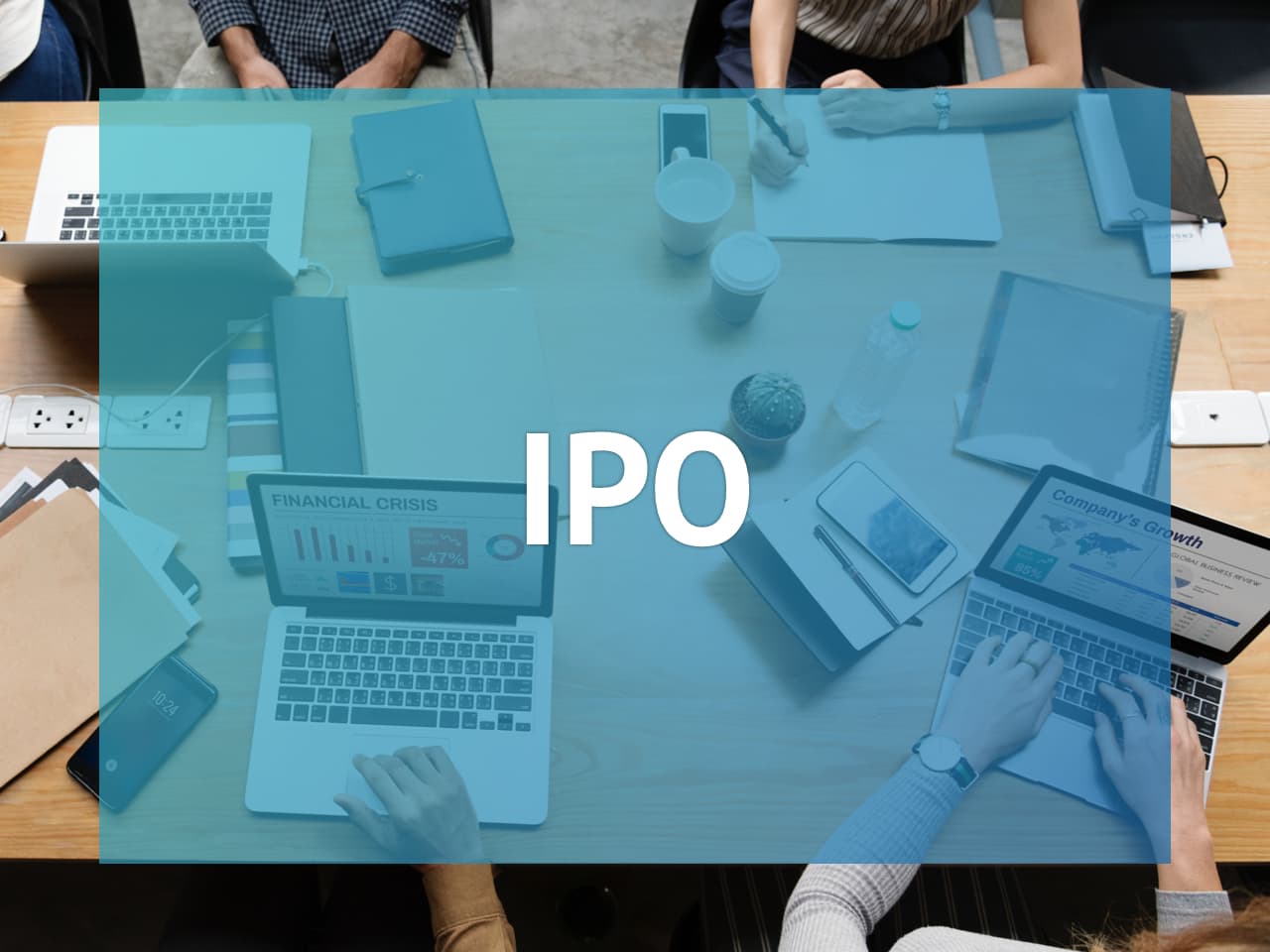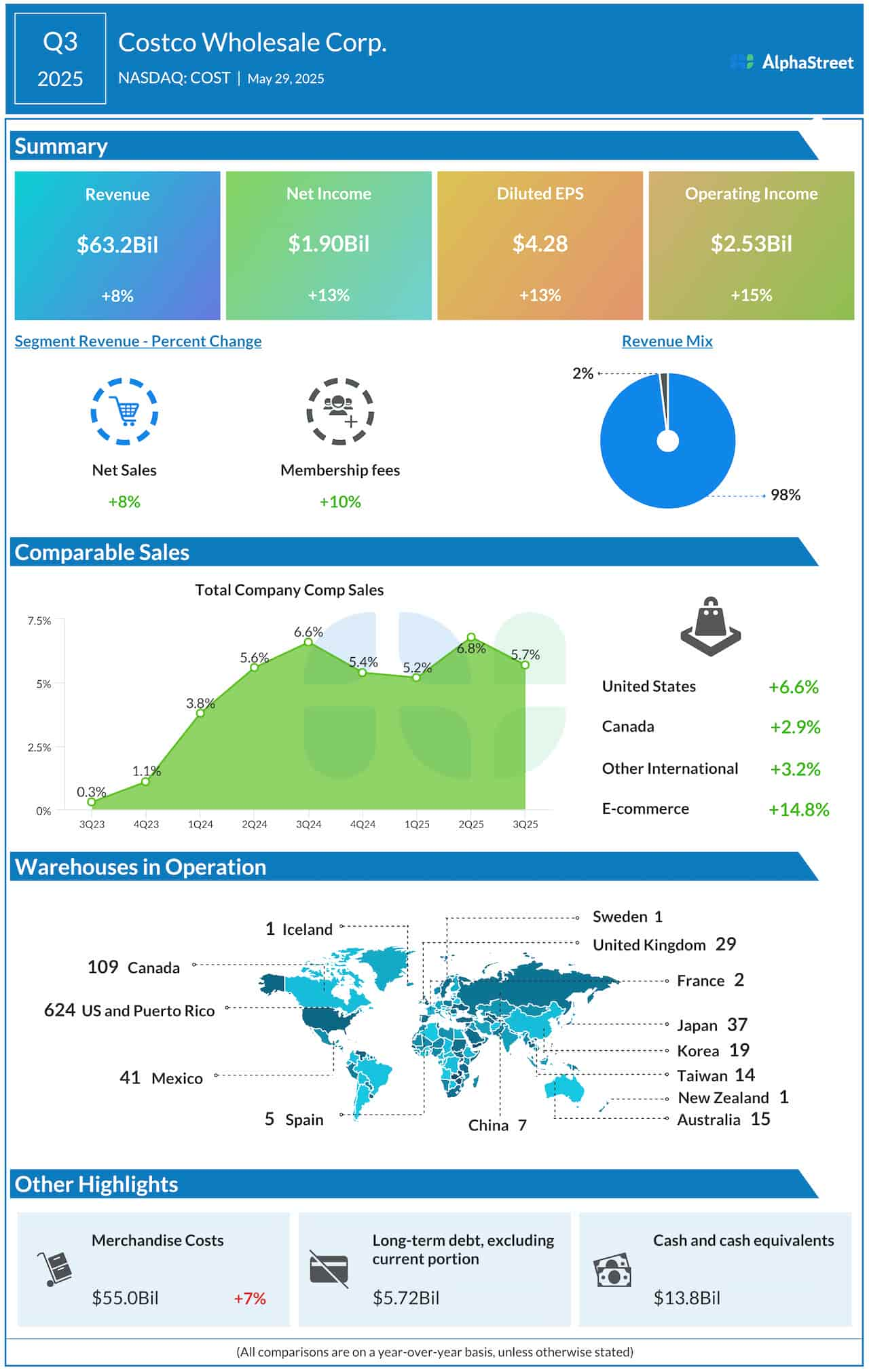Prasit photo | Moment | Getty Images
When Hannah Cohen invests in a stock or fund, one thing she looks for is if the mission aligns with her personal values.
For example, the 25-year-old data consultant has invested in funds like the ALPS Clean Energy ETF and the Global X Autonomous & Electric Vehicles ETF as someone who cares about climate change. In the same vein, big-oil stocks are largely out of the question.
“It sends a message that people are interested and that people do care,” Cohen said. “I don’t know how much of a difference I as an individual am making, but I do think it’s important to at least play a part and show that I’m invested physically, but also emotionally, in these causes.”
What young investors want
Recent survey data indicates that Cohen isn’t alone. Nearly two-thirds of Gen Z investors want to allocate their portfolios in a way that supports causes they care about, according to a July survey of some 4,000 current and aspiring investors by U.S. Bank.
That’s compared with 59% of millennials, 45% of Gen X and 30% of boomers.
And active young investors are willing to give up returns to see that goal through. The survey found more than four-fifths of Gen Z and millennials would be willing to underperform the S&P 500‘s 10-year average return of 12% to ensure that the companies where they’ve invested align with their belief systems. Only 73% of Gen X and 65% of boomers said the same.
Nearly a fifth of the Gen Z investors said they would accept returns between 9% and 11.8%, rather than the full 12% average return. Nearly 30% would take between 6% and 8.9%, while another 30% would accept returns between 3% and 5.9%.
Matthew Ivler, a 23-year-old machine learning engineer, began his investing journey in March 2020 soon after the pandemic sparked a market crash. Initially, he allocated his portfolio mostly toward single stocks and was more focused on receiving consistent dividends versus growth. Now, his portfolio mostly consists of exchange-traded funds — which has also changed how he aligns his investment strategies with his values.
“With [ETFs], I’m just like, ‘Yeah this is going to track the market.’ But in the end, I’m ultimately investing in all these companies, and some probably do things I disagree with,” Ivler said. “But on a single stock, I pick [one] I think has a fundamental importance.”
He cited Home Depot as one of his original holdings that he later sold after controversy around the company’s donations to federal lawmakers who objected to the results of the 2020 presidential election. Chevron was also part of his portfolio when he first began investing, but he later reduced exposure to it in favor of alternative energy companies as he became more climate-conscious.
His portfolio now includes names such as Edison International, which is engaged in renewable energy solutions, as well as the Invesco Water Resources ETF, which focuses on utility companies that help conserve and purify water. Ivler’s year-to-date return on his investments is approximately 9.5%, while the S&P 500 has gained nearly 15% in the same period.
Sending a ‘signal’
U.S. Bank’s survey builds on earlier data pointing in a similar direction. Younger and wealthier investors were more likely to support environmental, social and corporate governance — or ESG — issues and put returns on the line for those values, according to a survey from the Stanford Graduate School of Business, the Rock Center for Corporate Governance and the Hoover Institution released late last year.
The data comes as accountability measures and standards for ESG investing are hotly debated. President Joe Biden used his first veto in March to save a U.S. Department of Labor rule around investing in ESG funds that many Republicans wanted killed. Lawmakers in Washington have continued to spar over ESG reporting mandates for companies.
One broad behavior-based phenomenon for the relationship between age and ESG may be that young adults inherently seek out ways to express their identity, according to Julie O’Brien, the head of behavioral science at U.S. Bank.
Investing can provide another way for young adults to say, “This is the kind of person that I am, and now I get to act in a way that’s in-line with my identity,'” O’Brien said. “What we see with ESG investing is that it creates something that you can signal to other people.”
O’Brien also said that younger generations may feel more connected to ESG given the increased amount of information available and the ubiquity of social media.
‘Needs to be done’
To be sure, attitudes toward socially conscious investing vary when looking at different identifying factors within age groups. Of active investors, U.S. Bank found Hispanic and Black investors were significantly more likely to feel motivated to use investing as a vehicle for supporting causes they care about.
Dylan Assi said being a self-described visible minority makes ESG issues harder to ignore when personally investing. The 22-year-old, who is a passive investor that first became exposed to ESG in college, said it can be clear if a company is putting “money where their mouth is.”
“There’s an obvious problem that we have on the environmental side, but also on the social side,” said Assi, who works in real estate private equity and investing. “Fundamentally, doing the right thing is something that needs to be done.”
Assi said he’s found a misconception among fellow young investors that they must underperform the broader market in order to appease personal values. Rather than looking for companies that appear “perfect” on all fronts, he said to look at those supporting ESG trends more broadly. He pointed to Apple and Microsoft‘s work on sustainability in the cloud as an example.
Cohen, whose portfolio is up about 35% this year, agreed that investors don’t necessarily need to forfeit profit to make socially conscious decisions. But she said it can be challenging to find trustworthy research on how companies rank in the ESG space without access to expensive screening software. It’s even more difficult when looking for companies doing work in the social or corporate governance realms, she added.
Assi said he usually looks at publicly available ESG reports, but recognizes the potential for bias given that they are typically written by the companies themselves. On the other hand, Ivler said he doesn’t actively seek out a company’s ESG reports, but will look at the general news for insights into a company’s actions.
Despite roadblocks, O’Brien believes having an ESG-focus when investing is ultimately beneficial for young investors in achieving their financial goals. It makes investing more concrete and tangible, she said, which is especially important as young people grapple with uncertainty and an abstract future.
“We tend to forget that investing is not just money and math,” she said. “It’s psychology and things that are inherently baked into our humanity that we need to navigate around.”
















